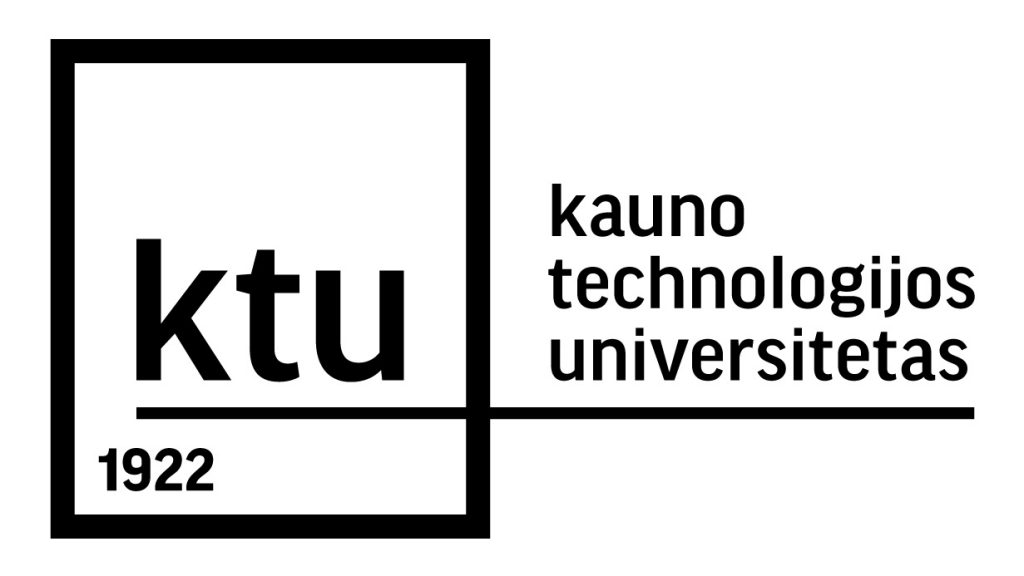
Website (Contact information; external Link)
Jurga Vitkuvienė
Research group – Cultural and Spatial Environment at Kaunas University of Technology, Lithuania

Jurga is a winner of the Teacher Promotion Competition at Kaunas University of Technology, 2021. She works and teaches together with Laura Stasiuliene in the joint project study module.
„Success and Challenges in Joint Project for Architects and Civil Engineers“
Emerging new technologies and standards for life cycle assessment and environmental impact of built environment have led to increasing complexity of construction projects. The Joint Project responds to this challenge, focusing on developing key competences of graduates: awareness of wider multidisciplinary context of engineering, ability to develop and analyse complex systems, awareness of non-technical considerations, and use of digital technologies. Joint Project is a course delivered for students of BSc in Architecture and Civil Engineering at Kaunas University of Technology. The team (students, teachers and stakeholders) includes architects, urbanists, structural, building materials production, construction and building services engineers, cost estimators, project managers and BIM (building information modelling) experts. The goal of Joint Project is to acquire research-based knowledge and competences by simulating real building design processes in architecture and construction companies. Therefore, 100 students form interdisciplinary teams of 5-7 to design or reconstruct a building.
The building design process itself is highly interdisciplinary. A large number of diverse disciplines with different goals are working together to design a building. This is an appropriate way to prepare students for work life of architects and civil engineers, teamwork or so-called cooperative learning strategies. In Joint Project course students work with each other to achieve a common goal (e.g. low energy building project), but at the same time everyone has an individual goal (e.g. design airtight building envelope without thermal bridges, to design efficient ventilation and heating (cooling) system, etc.). Working towards the common goal together ensures that students strengthen their methodological (project management, research, self-learning, discipline knowledge) and social competencies (public speaking, leadership, critical thinking, confidence, patience, conflict management, friendliness, etc.).
Joint Project course involves a team of lecturers from different disciplines and stakeholders. Preparing for the course activities and teaching is a collaborative and collegial process that increases knowledge sharing between teachers and stakeholders. The Project means the move away from traditional practices for teachers: from working as an individual island to joint collaborative work with colleagues and stakeholders in designing the course taking in consideration the diversity of the students they have in the course.
Joint Project class activities and independent learning combine a number of active learning methods like Design Thinking and Project-based Learning, etc. where students are actively engaged in tasks as co-creators of the learning experience, they can choose justified methods for the implementation of their project idea and this helps integrating the theory learned previously and research of their teachers. For example, they have to find and reflect on specific literature, discuss specific project issues, generate meeting schedule and reports, illustrate ideas, run clash detection scans, deal with emerging challenges in building design process, etc.
Our presentation will share successful aspects of organizing Joint Project, as well as challenges that we are facing working in and with an interdisciplinary teams in a field of architecture and civil engineering.
